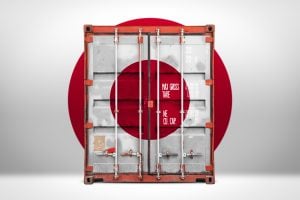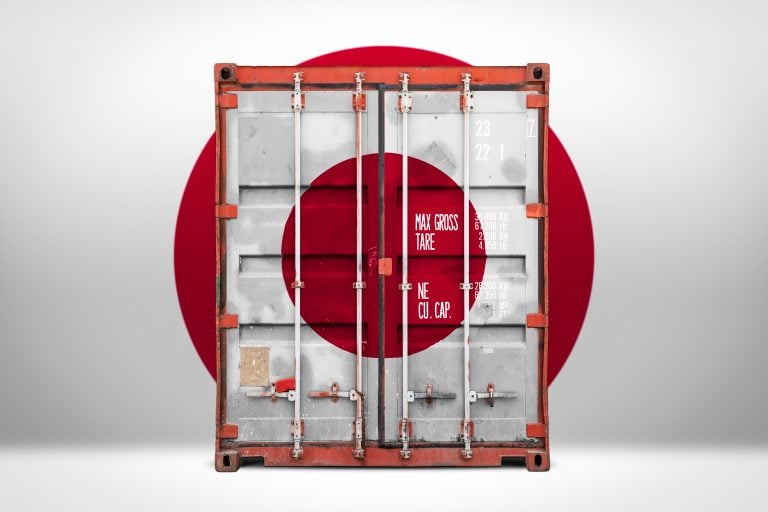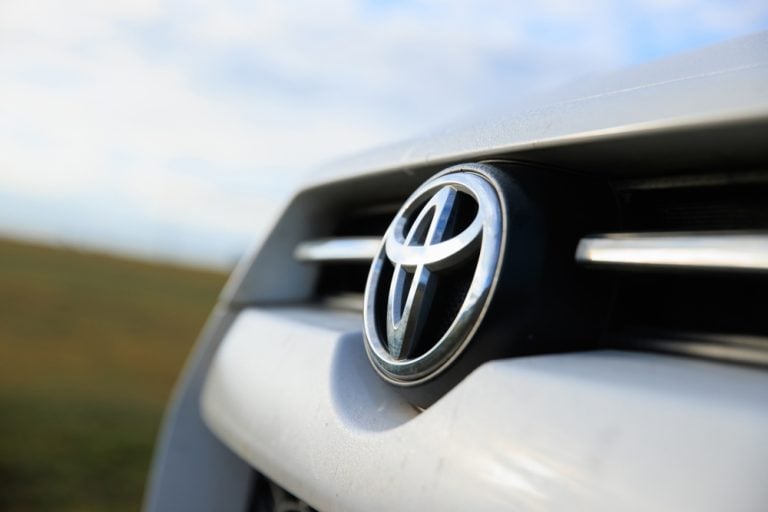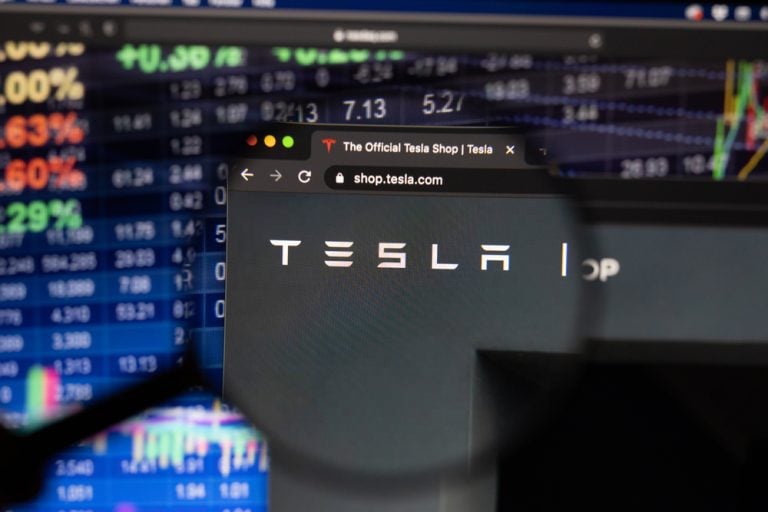China’s steel output shocking rose in 2023, leading to gains for iron ore prices
But they’ve fallen early doors in 2024, with Commbank predicting a slide to support around the US$100-110/t range
BMI says tight supplies will see coking coal prices remain between US$260-340/t in 2024
Staggeringly China’s steelmakers defied conventional wisdom again by driving iron ore prices beyond US$140/t at the end of 2023 as rising steel exports which scaled a six-year high saw crude steel output lift for the first time since 2020.
What makes that extraordinary is not that steel output in the Middle Kingdom remained above 1Bt again.
But that the country’s rhetoric early last year that steel production would again fall failed.
There were many reasons for steel producers to curb output. They were losing money, partly due to high prices for inputs like iron ore and coal. Its real estate sector remains in the toilet despite hopes fiscal stimulus would emerge to bring property developers out of the mire.
China has seemingly moved heaven and earth to bring mills to heel in recent years through methods like environmental crackdowns.
From many vantage points the real motivation there is to keep a lid on iron ore prices. But it seems the introduction of a ‘centralised buyer’, the China Mineral Resources Group, has done little to lift its pricing power over the Pilbara iron ore suppliers and Brazil’s Vale.
Chinese mill owners have responded to their struggles not by refusing to buy iron ore or cutting back on output, but by trying to make steel cheaper by paying slighter discounts for low grade product and smaller premiums for high grade ores and concentrates, blending a cheaper feedstock than a product like, say, Rio Tinto’s (ASX:RIO) close to benchmark Pilbara Blend.
But one thing that does move the dial with regards to iron ore prices is how traders feel about the Chinese economy. And so far this year that has been more bearish than expectations in late 2023.
62% futures in Singapore have dropped from over US$140/t early this year to US$127.35/t yesterday.
Which way will they go from here?
Rio sees green skies in second half
Rio Tinto (ASX:RIO) was the first ASX iron ore miner to deliver its quarterly report on Tuesday morning Australian time, with the Anglo-Australian mining giant revealing a 10Mt or 3% lift in exports from the Pilbara to 331.8Mt in 2023.
That ranks as the second highest export level on record for the world’s biggest iron ore shipper.
At the same time, the need to replace a series of ageing deposits with new brownfields developments and, eventually, the higher grade Rhodes Ridge mine in the Pilbara means that until that can happen its quality will be impacted.
Exports of its lower grade SP10 fines and lump products neared 20% of its offering in the fourth quarter, with SP10 fines sales rising over 140% YoY in December.
All that means it could see a lower realisation against the Platts 62% Fe benchmark if it is forced to ship lower grade material, though poor steel mill margins have helped in that regard.
But Rio is bullish on the outlook for China, predicting a recovery from Government stimulus as 2024 progresses.
“China’s economy stabilised earlier in the fourth quarter. Resilient infrastructure and manufacturing investment, and an increase in the automotive sector and consumer goods, helped offset the prolonged weakness in the property market,” Rio said.
“Market confidence increased following strong fiscal easing and improvement in manufacturing and consumption levels. Stimulus measures are expected to drive a gradual recovery in 2024, albeit weighted towards the second half, with the real estate sector remaining weak.”
At the same time, they noted that while China’s iron ore imports rose 3% QoQ, steel and pig iron production rates slowed in late December with iron ore sailings still high as miners raced to meet targets in the final three months of the year. That saw port inventories lift 6Mt to 120Mt at the end of year after being depressed for much of 2023 due to market tightness.
Iron ore price to slide to US$100-110/t: CBA
Some analysts still see iron ore heading lower on the margin pressures being felt by Chinese mills.
Commbank’s Vivek Dhar yesterday noted the last time producers were under water this long — June 2022 — prices were forced below US$100/t.
“The extent of the rally in iron ore prices through Q4 2023 was surprising in our view. We knew steel demand hopes were growing, particularly after policymakers in China re‑prioritised economic growth and stability,” he said in a note.
“Current steel demand conditions though are far less optimistic. China’s steel mill margins have slumped as iron ore prices have increased. Typically negative steel mill margins will weigh on iron ore prices, albeit with some lag historically, as the economic incentive to produce steel and consume iron ore is reduced.
“The current downward correction in iron ore prices could threaten the same level temporarily too. However, once steel mill margins stabilise, we think iron ore prices are likely find support in the $US100‑$US110/t range, waiting in anticipation for China’s policy direction for 2024.”
Dhar says the Two Sessions policy meeting in March, where a 5% economic growth target akin to last year’s GDP growth plan is likely, will set the direction for the steel complex.
“Whether this increase in infrastructure investment will be enough to result in an increase in China’s steel demand this year is likely contingent on how much policymakers look to support the economy this year in reaching its growth target,” he said.
Where analysts see coking coal in 2024
At the same time, high coking coal prices are posing a concern for steel producers in China and elsewhere.
Unlike iron ore, where major new sources of production are likely to emerge in the next couple years in Rio’s China-backed Simandou JV in Guinea and Mineral Resources’ (ASX:MIN) Onslow Iron, the coal market is hallmarked by an absence of new material in the pipeline.
Instead thermal coal producers have been looking to buy into the premium priced met coal space, where top quality material continued to command over US$330/t yesterday in the futures market.
Look no further than Whitehaven Coal’s (ASX:WHC) $6.4 billion deal which is expected to clear this year to acquire BHP’s (ASX:BHP) Daunia and Blackwater coal mines in Queensland.
Thermal coal prices nosedived last year, with supply improving and demand falling amid a mild European winter that left gas stores full. Newcastle’s coal exports, mostly of the energy variety, rose 6% to 144.5Mt in 2023.
Coking coal, however, is seeing strong demand from both China’s steel industry and emerging markets like India.
RBC last week lifted its long-term outlook on met coal to 18% to US$200/t, projecting prices of US$250/t this year.
“Longer term, we have raised our long-term price estimate from US$170/t to US$200/t due to inflation, an increase in the marginal cost of production, continued supply disruptions and an expectation for strong demand going forward,” analyst Kaan Peker said.
Fitch’s BMI Commodity Insights unit has a slightly lower long term price of US$190/t (still above Bloomberg consensus of US$158/t from 2028 on), but thinks the rally will continue with prices to remain at US$300/t or above in 2024.
“We maintain our 2024 coking coal price forecast for Australian premium hard coking coal at an annual average of USD300/tonne, with prices remaining elevated after a significant rally since July 2023 over tight supplies and strong demand,” BMI analysts say.
“Australia premium hard coking coal prices are hovering around USD332/tonne at the time of writing on January 14, and we expect stabilisation in the months ahead.
“We believe most of the rise in prices is now behind us. Prices have averaged USD330/tonne in the year-to-date, and we expect prices to remain in the range of USD260-340/tonne in 2024.”
While they say slower steel production growth in places outside India will cap coking coal demand, BMI does not see a price collapse due to tight supplies around the world.
The post Bulk Buys: Rio punts on China recovery but steelmakers are still in rough shape appeared first on Stockhead.





















+ There are no comments
Add yours